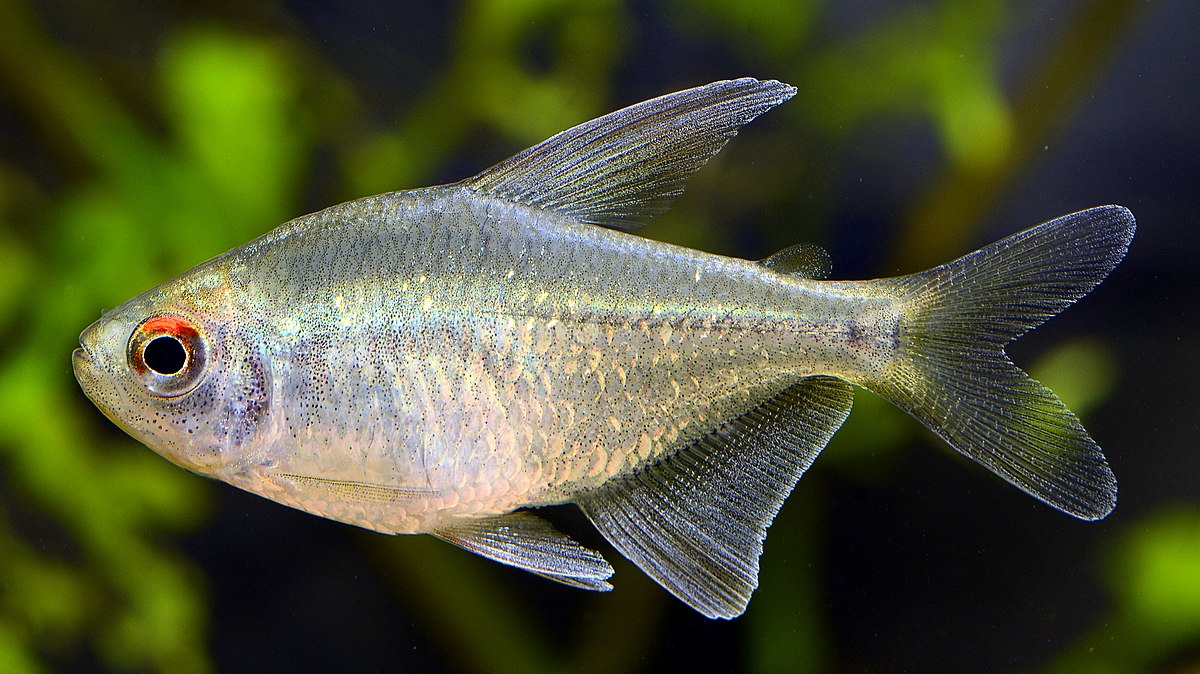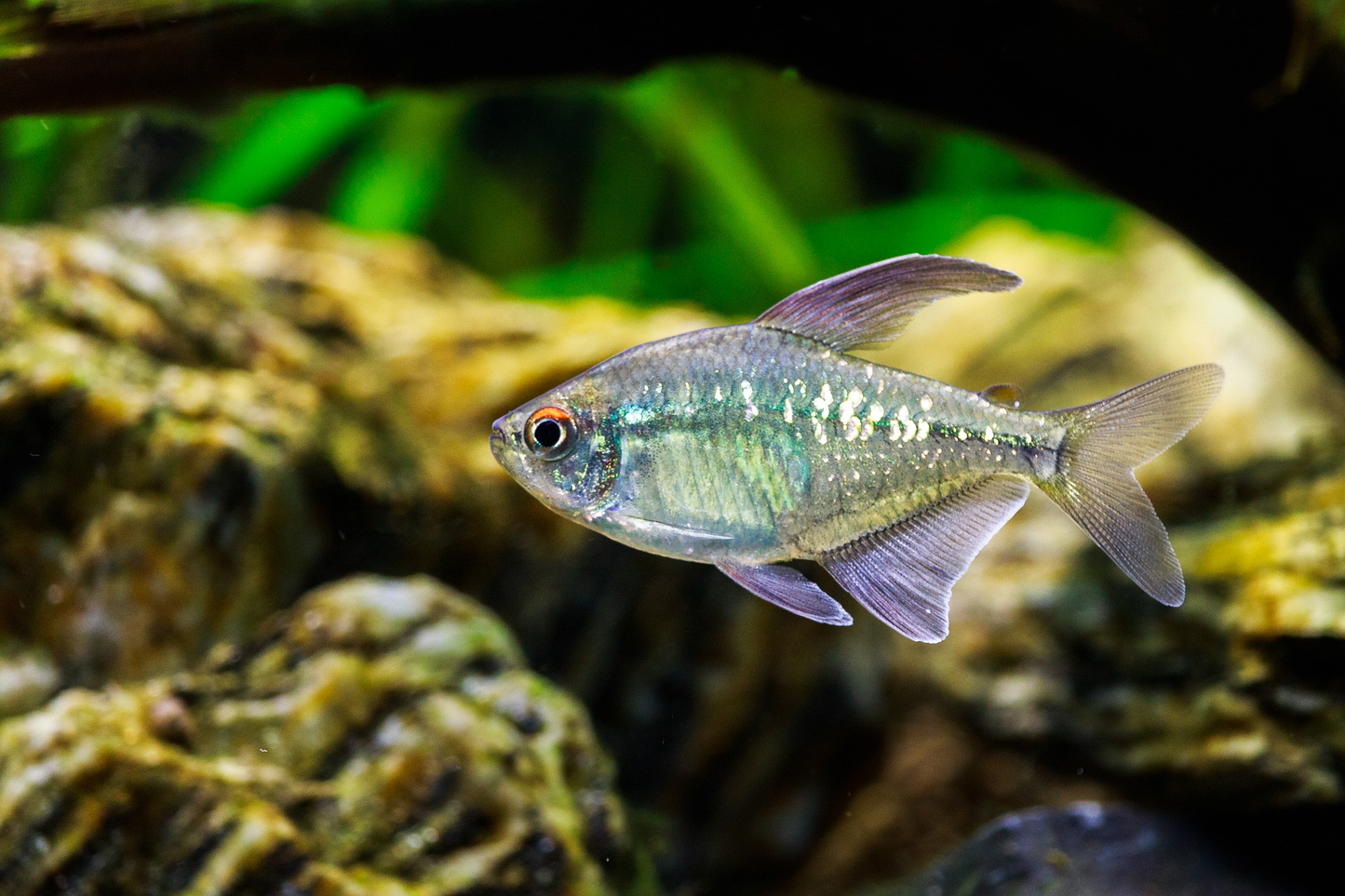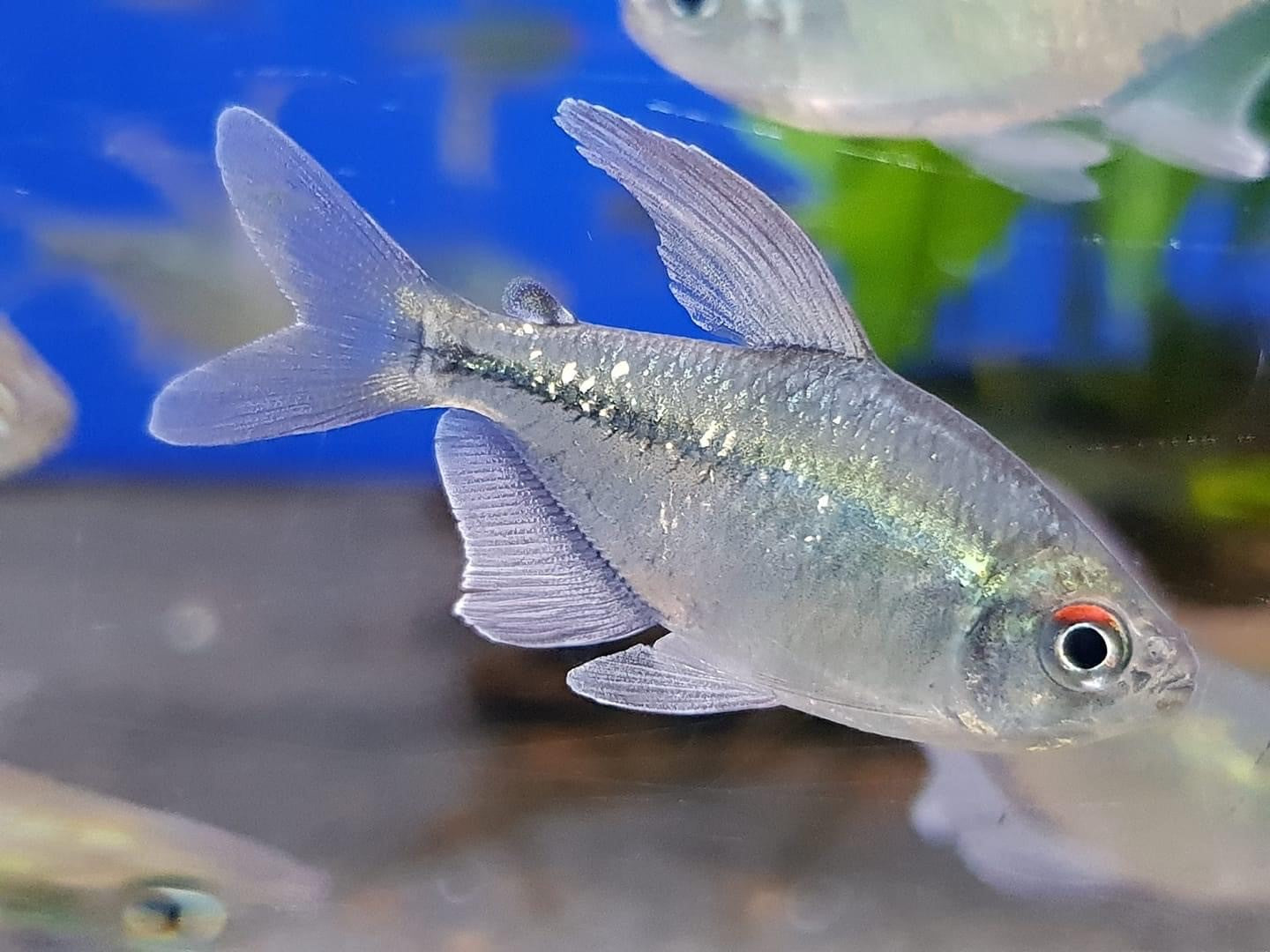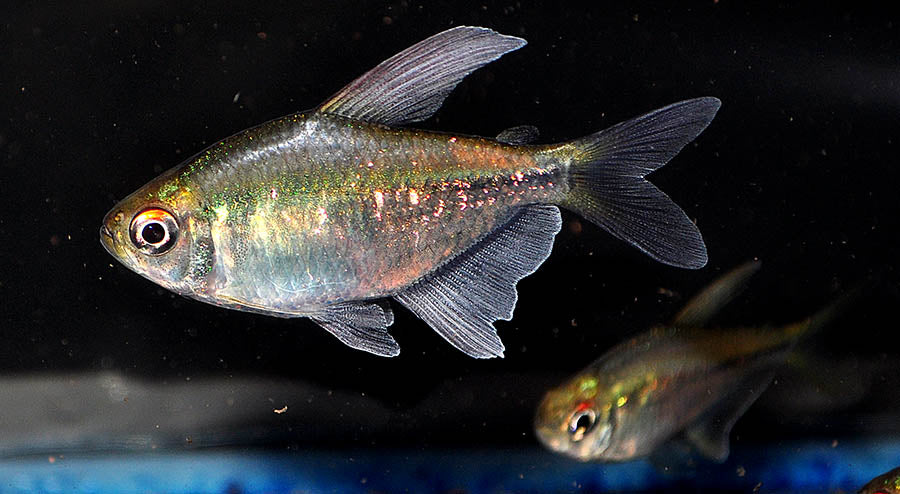1
/
of
4
Diamond Tetra (Moenkhausia pittieri) - Live Fish
Diamond Tetra (Moenkhausia pittieri) - Live Fish
Regular price
$17.97 USD
Regular price
$0.00 USD
Sale price
$17.97 USD
Unit price
/
per
Shipping calculated at checkout.
0
Total items
$0.00
Taxes, discounts and shipping calculated at checkout.
Product subtotal
Remove all 0 items from your cart?
The Diamond Tetra (Moenkhausia pittieri) is a beautiful and peaceful species of freshwater fish, known for its shimmering, diamond-like body coloration and attractive appearance.
Detailed Description
Detailed Description
The Diamond Tetra (Moenkhausia pittieri) is a beautiful and peaceful species of freshwater fish, known for its shimmering, diamond-like body coloration and attractive appearance. It’s a popular choice among aquarium enthusiasts due to its calm nature and striking visual appeal. Here are some key details about the Diamond Tetra:
Appearance
- Size: Diamond Tetras grow to about 2-2.5 inches (5-6 cm) in length.
- Coloration: The body is translucent and silvery, with a subtle iridescent shine that gives it a "diamond-like" glow, especially under aquarium lighting. The fish has a slight yellowish or reddish tint on the fins, which adds a nice contrast to the shiny body. Males typically display a more vibrant coloration than females.
- Shape: Their bodies are sleek and slightly elongated, which makes them agile swimmers. They have a streamlined shape typical of tetras, with a small mouth and a slightly forked tail.
Habitat
- Origin: Diamond Tetras are native to the Rio Guainía and Rio Inírida in the Orinoco River basin in Venezuela and Colombia. They live in the slow-moving streams, rivers, and flooded forests of the Amazon and Orinoco River systems.
- Water Conditions: They prefer slightly acidic to neutral water with a temperature range of 72-82°F (22-28°C). Soft to moderately hard water (pH 6.0-7.5) is ideal. The fish thrive in stable water conditions, so regular water changes and a reliable filtration system are important.
- Aquarium Setup: They do well in well-planted tanks with plenty of swimming space. They enjoy having plants to provide hiding spots and shaded areas, but also need open spaces to swim.
Behavior
- Temperament: Diamond Tetras are peaceful, active, and social fish. They do best when kept in groups of at least six or more, as they are schooling fish. In larger schools, they exhibit their natural behaviors and feel more secure.
- Compatibility: They are peaceful and can be kept with other small, non-aggressive fish such as other tetras, rasboras, guppies, and small catfish. They should not be housed with larger or more aggressive species, as they are relatively small and delicate.
Diet
- Food Preferences: Diamond Tetras are omnivores. They will readily accept a variety of foods, including high-quality flakes, micro pellets, live or frozen foods such as brine shrimp, bloodworms, and daphnia.
- Feeding Tips: It's beneficial to provide them with a varied diet to keep them healthy and vibrant. Include both protein-based and plant-based foods for balanced nutrition.
Breeding
- Breeding Difficulty: Breeding Diamond Tetras is possible in a well-maintained aquarium with stable water conditions. They spawn in the early morning and usually scatter their eggs on plants or the substrate.
- Spawning: After spawning, the eggs typically hatch in 24-36 hours. The fry are very small and require finely powdered food or infusoria until they are large enough to accept regular fish food.
Care Tips
- Water Quality: Diamond Tetras are sensitive to poor water quality, so maintaining clean water with good filtration is essential for their well-being.
- Temperature: Keeping the water temperature consistent is important, as sudden fluctuations can cause stress and reduce their lifespan.
- Tankmates: Because of their peaceful nature, it’s best to keep them with other non-aggressive species that will not outcompete them for food.
Unique Features
- Iridescent Glow: The "diamond" effect of their body comes from tiny reflective scales that catch light, creating a shimmering appearance. This is particularly noticeable when they swim through plants or under good aquarium lighting.
- Males vs. Females: Males generally display more intense coloration than females, especially during breeding periods when they may also show off their fins and colors to attract mates.
Conclusion
The Diamond Tetra is an elegant and peaceful addition to any community aquarium. Their iridescent, diamond-like appearance combined with their calm demeanor makes them a visually striking and easy-to-care-for species. They are best kept in schools, with plenty of plants and swimming space, and thrive in stable, clean water conditions.
Product features
Product features
Materials and care
Materials and care
Merchandising tips
Merchandising tips
Share








